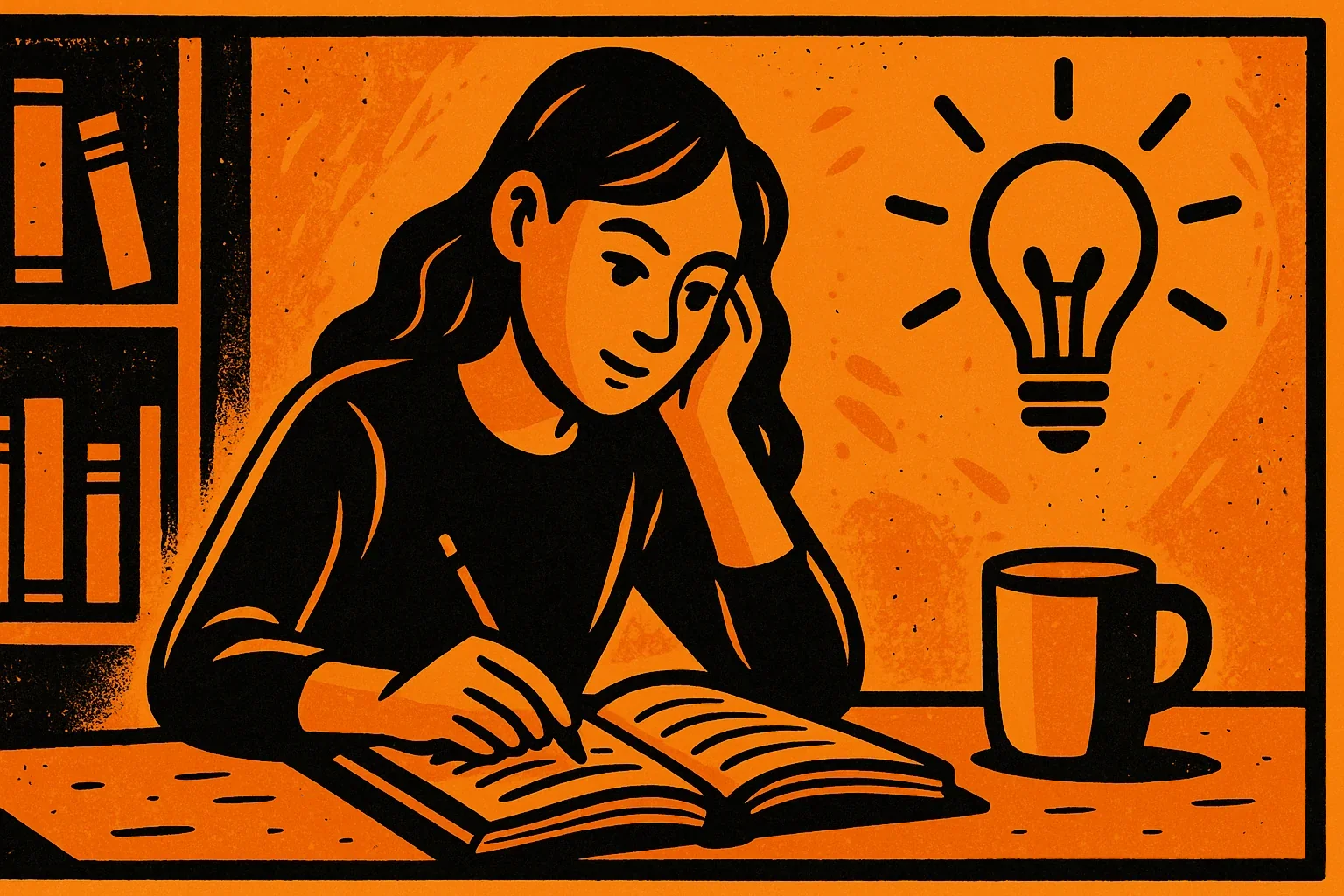The average person receives about 146 notifications per day, about one every ten minutes, keeping the brain in a constant state of alert. The issue is not the news itself, but its repetition and rapidity.
The sequence of "breaking news→Updates→Updates→Furious Opinions" creates a loop faster than the brain can absorb, keeping our moods on edge all day long.
Negative news in particular is the most prevalent; every negative word in the headline increases clicks by 2.3%, prompting the media to amplify the language of fear. The result is that people believe the risk is increasing even when the numbers show otherwise.
One shocking snapshot is enough to activate the brain's fear response in just 13 milliseconds, before any conscious thought. With re-sharing, emotions are contagious; a study of 689,000 users showed that reducing positive content led to an immediate increase in negative posts.
The solution is not isolation, but an "attention diet": limited minutes on the news, turning off unnecessary notifications, and diversifying sources. Reducing social media use to 30 minutes a day has been shown to significantly reduce anxiety and depression.
To view the video and read the full paper, please scroll down
Brain on the Edge: How the news flow is turning our day into mass anxiety.
The flow of news can be a source of knowledge or a source of anxiety; the difference is made by how we deal with it

Comments